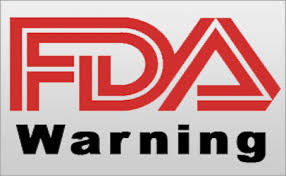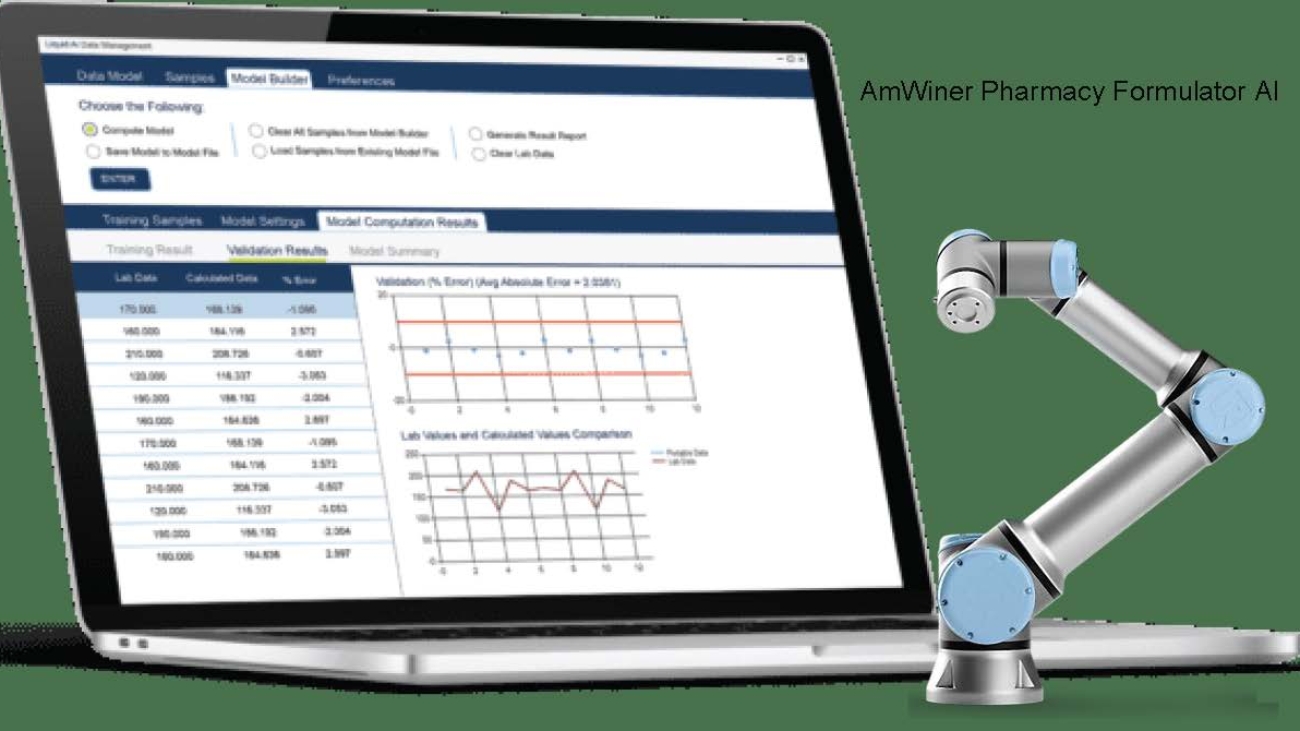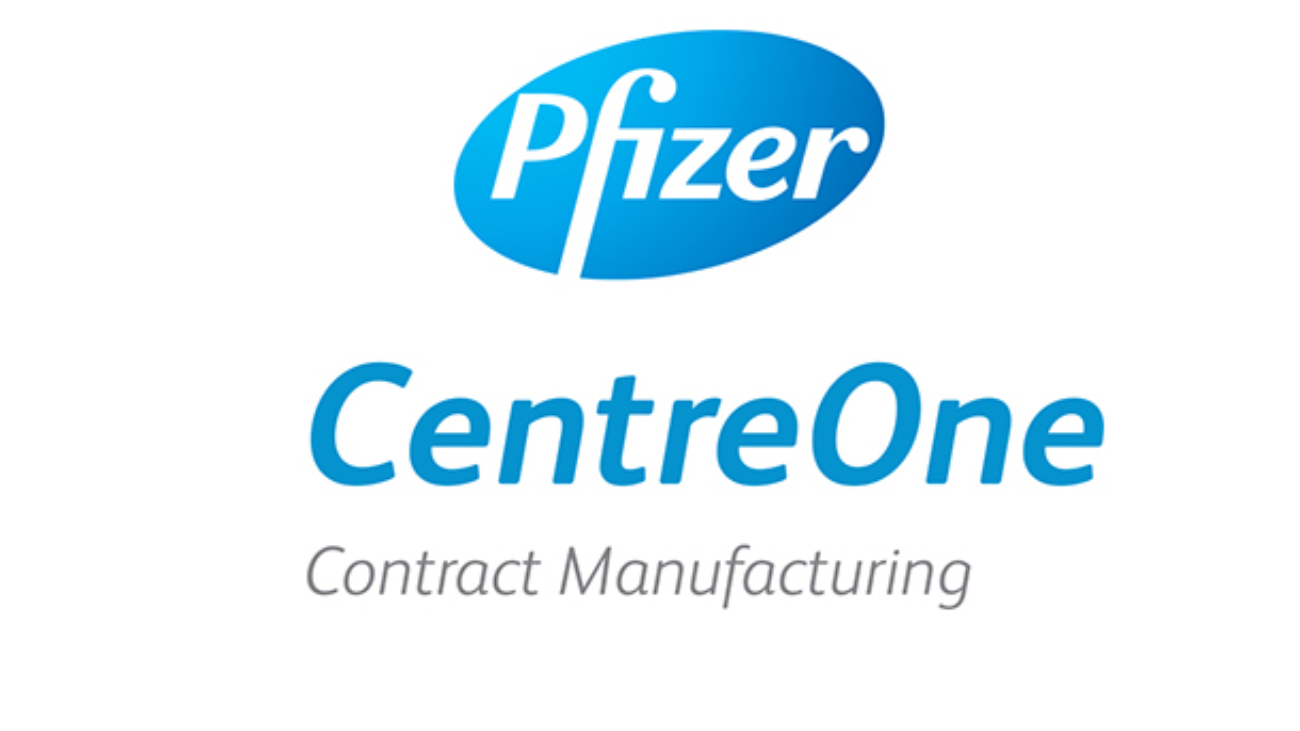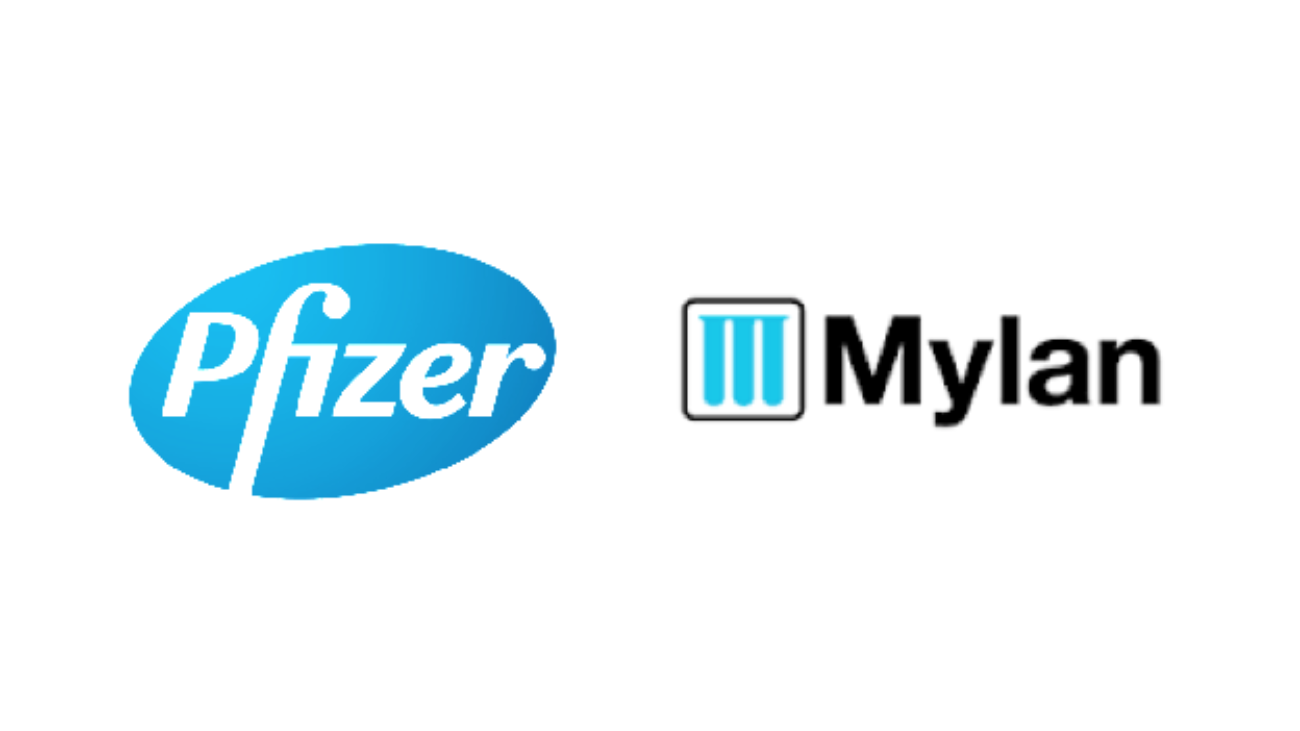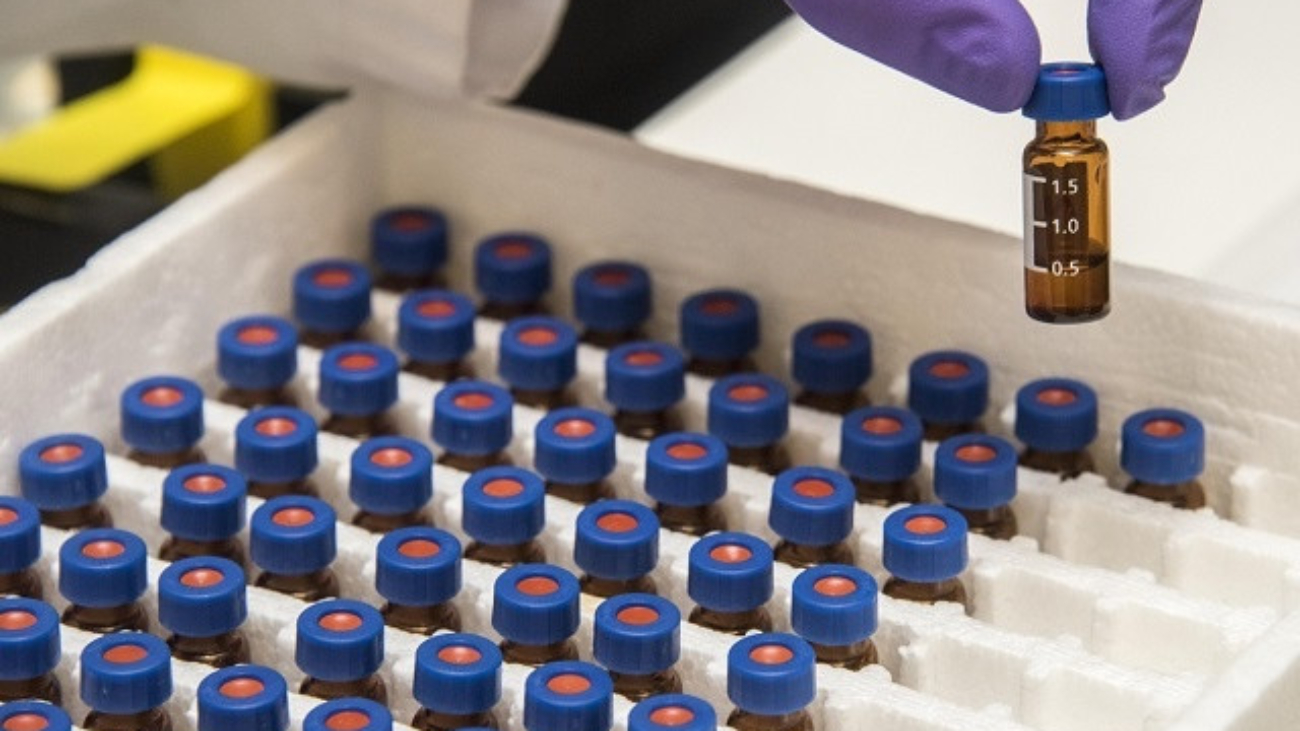 Curious about the peptides from Pro Peptide Research Lab? This article examines their synthesis precision, purity, and real-world application. Find out if their peptides can support your research needs effectively.
Curious about the peptides from Pro Peptide Research Lab? This article examines their synthesis precision, purity, and real-world application. Find out if their peptides can support your research needs effectively.
Key Takeaways
- Pro Peptide Research Lab specializes in producing high-quality peptides using advanced synthesis techniques, ensuring precise sequences vital for therapeutic applications and immune system enhancement.
- The company emphasizes user experience through informative packaging, ease of setup, and strong customer service, contributing to overall satisfaction among researchers.
- Despite higher pricing compared to competitors, the premium is often justified by Pro Peptide Research Lab’s commitment to purity and quality, making their peptides a reliable choice for serious research endeavors.
Introduction to Pro Peptide Research Lab's Peptides
Pro Peptide Research Lab is dedicated to delivering high-quality peptides tailored for the requirements of researchers and clinicians. Their commitment to excellence is evident in their collaborative approach, integrating insights from biochemistry, biophysics, and other scientific disciplines to drive innovation in peptide research. This multidisciplinary synergy ensures that their products are not only cutting-edge but also highly relevant to the scientific community’s evolving needs.
The lab employs advanced peptide synthesis techniques to guarantee that their products meet the exacting standards expected by researchers and clinicians alike. Pro Peptide Research Lab employs state-of-the-art technology to create precise peptide sequences, critical for enhancing immune responses and facilitating therapeutic applications. This precision is achieved through multiple rounds of High-Performance Liquid Chromatography (HPLC), which purifies the peptides, removing contaminants and byproducts effectively.
For scientists and clinicians, the promise of high purity and advanced synthesis techniques is particularly appealing. The target audience for these products includes those involved in chemistry, chemical biology, lab-based research, and the development of novel therapies that may block specific biological mechanisms. Scientists can also explore new chemistry methods to enhance these processes and join in the mission to advance scientific knowledge.
We will assess whether Pro Peptide Research Lab truly delivers on its promise of quality and precision.
Manufacturer's Claims
Pro Peptide Research Lab specializes in producing high-quality peptides through advanced synthesis techniques, ensuring precise sequences that are crucial for various therapeutic applications. They emphasize the importance of these precise sequences in enhancing immune responses and facilitating therapeutic development. Their focus on precision meets the stringent demands of modern scientific research.
Pro Peptide Research Lab’s peptides are designed to enhance both immune responses and therapeutic outcomes. This is achieved through the creation of peptides with exact sequences that are critical for these applications. Pro Peptide Research Lab’s dedication to purity is further demonstrated by their use of multiple rounds of High-Performance Liquid Chromatography to remove contaminants and byproducts effectively.
These claims set a high bar for the products. The real-world performance of these peptides will be assessed. Are they as pure and precise as promised? Can they truly enhance immune responses and facilitate therapeutic development? Our review will aim to provide the answers.
Unpacking and Initial Impressions
Opening Pro Peptide Research Lab’s products is both informative and user-friendly. Each product comes with detailed documentation that outlines usage instructions and storage recommendations, making it easy for first-time users to get started. Clear setup instructions ensure a smooth experience from the start.
The packaging quality is high, contributing positively to the initial user experience and reinforcing the brand’s reliability. Additional items like Bac water and cold packs are frequently mentioned as added value, enhancing the cost-effectiveness of purchasing from Pro Peptide Research Lab. These thoughtful inclusions show the brand’s commitment to providing a comprehensive and user-friendly experience.
Overall, the unpacking process sets a positive tone for the product’s use. Attention to detail in packaging and helpful extras show the brand’s understand and anticipation of users’ needs. This initial impression builds confidence in the product’s quality and usability.
Ease of Setup and Safety Precautions
Setting up Pro Peptide Research Lab’s peptides involves several critical steps to ensure safety and efficacy:
- Use personal protective equipment (PPE) such as lab coats, goggles, and nitrile gloves for safe handling.
- Ensure proper training on safety protocols.
- Maintain updated Standard Operating Procedures (SOPs) to ensure a safe working environment.
Guidelines for peptide storage and handling:
- Thaw peptides at room temperature away from direct light to maintain stability.
- Store lyophilized peptides at -80°C under an inert atmosphere for long-term preservation.
- Use standard laboratory freezers at -20°C for short-term storage, avoiding frost-free models due to disruptive freeze-thaw cycles.
- Use sterile techniques during peptide reconstitution to avoid contamination and preserve peptide integrity.
These precautions are crucial for ensuring the peptides’ stability and effectiveness. Following these guidelines maximizes product potential and ensures reliable experimental results. The detailed setup process remains straightforward and manageable, even for newcomers to peptide work.
Aesthetic and Material Quality
Pro Peptide Research Lab’s packaging is designed to ensure the integrity of the peptides during transit. The aesthetics of the packaging reflect a modern and professional image, likely to appeal to target customers. Thoughtful design elements create a sense of anticipation for the product inside, enhancing the unboxing experience.
The durability of lab materials is crucial as they need to withstand the heavy demands of laboratory environments, including exposure to harsh cleaning chemicals. Attributes like abrasion resistance, heat resistance, and ease of cleaning are important for maintaining functionality. These considerations are evident in the design and materials used by Pro Peptide Research Lab.
The packaging and material quality of Pro Peptide Research Lab’s peptides show a commitment to both aesthetics and functionality. The thoughtful design and durable materials ensure that the products not only look good but also perform reliably in demanding lab environments.
User Experience and Practicality
Proper storage of peptides is critical for maintaining their integrity and ensuring reliable experimental results. Storage guidelines include:
- Lyophilized peptides should be stored at -20°C to maintain stability for up to one year.
- Reconstituted peptides need refrigeration at temperatures between 2°C and 8°C for short-term use.
- Reconstituted peptides should be aliquoted to prevent repeated freeze-thaw cycles.
Many users report satisfaction with the fast shipping times, often receiving products quicker than expected, which adds to their overall satisfaction and value perception. Customer service is highlighted as a strong point, with many users appreciating the quick and helpful respond, which contributes positively to their experience and perceived value.
Overall, the user experience with Pro Peptide Research Lab’s peptides is highly positive. Proper storage recommendations, fast shipping, and excellent customer service ensure users can rely on these products for their research needs.
Real-Life Application Scenarios
Pro Peptide Research Lab offers a diverse range of peptides aimed at enhancing therapeutic outcomes and immune responses. However, peptides can suffer from rapid degradation in the bloodstream due to enzymatic action, limiting their effectiveness when administered orally. This challenge necessitates the development of effective delivery methods to ensure therapeutic efficacy.
Peptides may also exhibit unexpected immune responses, causing adverse reactions in some patients. This underscores the importance of thorough testing and verification before clinical application. Despite these challenges, peptides derived from natural sources, like venom, have been successfully engineered for therapeutic uses such as pain management.
These real-life application scenarios highlight both the potential and challenges of using peptides in therapeutic contexts. While there are hurdles to overcome, the innovative approaches taken by Pro Peptide Research Lab demonstrate their commitment to advancing peptide research, project development, and development.
Challenges and Issues Encountered
One significant challenge encountered during the use of peptides is their environmental impact resulting from peptide synthesis. The traditional synthesis of peptides often leads to significant waste generation, raising environmental concerns. This is an area where the industry as a whole, including Pro Peptide Research Lab, needs to innovate and find more sustainable methods.
Another issue is the potential for peptides to degrade quickly in the bloodstream, which can limit their effectiveness in therapeutic applications. Addressing these challenges requires ongoing research and development to improve both the synthesis processes and the stability of peptide-based treatments.
Overall Value for Money
Pro Peptide Research Lab provides Certificates of Analysis (COA) for their products, confirming their purity and quality. Positive consumer reviews highlight the excellent quality of peptides supported by certificates of purity that ensure reliability for research purposes. However, peer-reviewed studies indicate that Pro Peptide Research Lab’s pricing is on the higher end compared to competitors like Pure Peptide Labs and Peptide Pros, which often offer discounts and promotions.
Consumers frequently mention the inclusion of additional products like Bac water with orders from competitors, adding perceived value to their purchases. Many alternative peptide labs emphasize third-party testing, which is a significant factor for customers when evaluating product quality across different suppliers.
Despite these factors, the high quality of Pro Peptide Research Lab’s peptides justifies the premium price for many users. While some users feel that similar results can be achieved at a lower price from alternative suppliers, the overall value for money of Pro Peptide Research Lab’s peptides is supported by their high quality and reliable performance.
Alternatives and Price Comparison
Customers appreciate the competitive pricing of Pro Peptide Research Lab’s peptides, especially with volume discounts and frequent promotions, enhancing their perceived value. However, it is essential to compare these peptides with alternatives to evaluate their market positioning. The premium charged by Pro Peptide Research Lab is assessed in relation to their claimed product quality and performance.
An overall evaluation of the value for money demonstrates how well Pro Peptide Research Lab’s peptides stand against their competitors. Though competitors like Pure Peptide Labs and Peptide Pros might offer lower prices and additional products, the high quality and reliability of Pro Peptide Research Lab’s peptides make them a worthy choice for serious researchers.
In conclusion, while there are cheaper alternatives available, the premium pricing of Pro Peptide Research Lab’s peptides is justified by their superior quality and performance. For those prioritizing reliability and precision, these peptides are a solid investment.
Summary
In summary, Pro Peptide Research Lab excels in delivering high-quality peptides tailored for the rigorous demands of scientific research and therapeutic applications. Their advanced synthesis techniques, stringent purification processes, and collaborative approach across scientific disciplines set them apart in the industry. While the premium price point may be a consideration for some, the superior quality and reliability justify the investment for many users.
From the unboxing experience to real-life applications, Pro Peptide Research Lab’s peptides have proven to be user-friendly, effective, and backed by excellent customer service. The inclusion of detailed documentation and additional items like Bac water further enhances the overall value. However, challenges such as environmental impact and peptide stability need ongoing attention and innovation.
Ultimately, Pro Peptide Research Lab’s peptides offer a compelling combination of quality, precision, and user support. For researchers and clinicians seeking reliable and effective peptides, this lab provides products that meet and often exceed expectations.
Frequently Asked Questions
What makes Pro Peptide Research Lab's peptides stand out?
Pro Peptide Research Lab’s peptides stand out due to their commitment to high quality, utilizing advanced synthesis techniques and multiple rounds of High-Performance Liquid Chromatography to guarantee purity and precision for researchers and clinicians.
How should I store Pro Peptide Research Lab's peptides?
To maintain the integrity of Pro Peptide Research Lab’s peptides, store lyophilized peptides at -20°C for up to one year, and refrigerate reconstituted peptides between 2°C and 8°C for short-term use. Proper storage is essential for reliable experimental results.
Are there any safety precautions I need to follow when handling these peptides?
It is crucial to use personal protective equipment (PPE) such as lab coats, goggles, and nitrile gloves when handling peptides. Furthermore, allow peptides to thaw at room temperature, shielded from direct light, and employ sterile techniques during reconstitution to prevent contamination.
How does Pro Peptide Research Lab's pricing compare to competitors?
Pro Peptide Research Lab’s pricing is notably higher than competitors such as Pure Peptide Labs and Peptide Pros; however, many users find that the superior quality and reliability of their peptides warrant the premium cost.
What are some real-life applications of these peptides?
Real-life applications of peptides include enhancing therapeutic outcomes in pain management and improving immune responses. However, challenges such as rapid degradation in the bloodstream and potential immune reactions must be considered.

